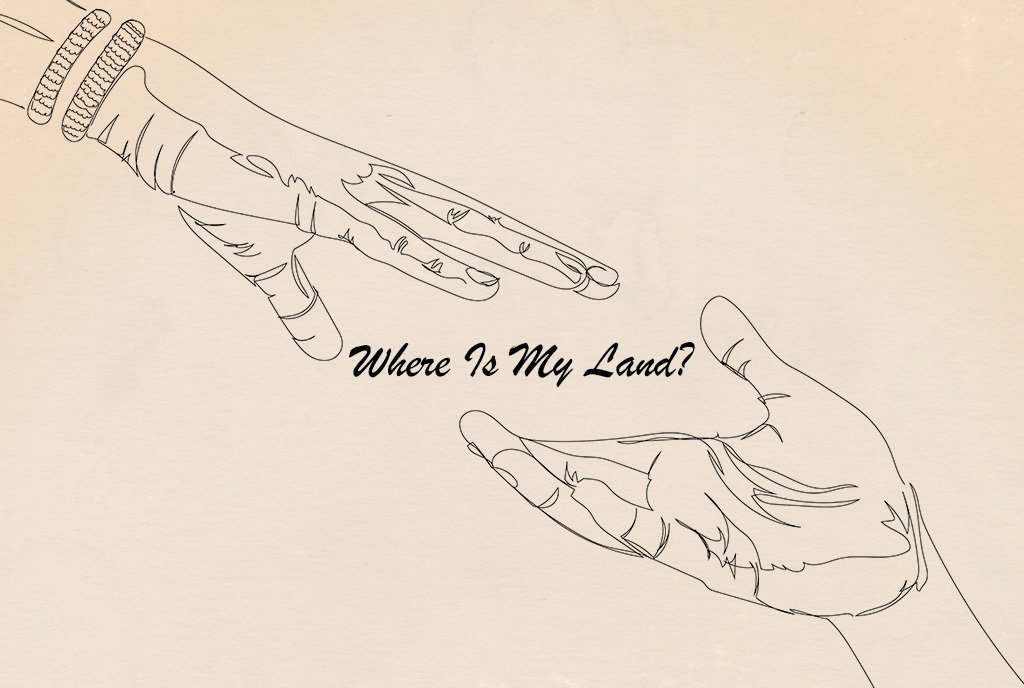
Mo Farah, a UK national hero, is a double Olympic Gold Medalist and holder of five world championships in distance running. Farah won the European athlete of the year in 2011 and 2012. There is a wax model of Farah at London’s Madame Tussaud’s. On June 5th, Mo Farah broke UK’s Dave Moorcroft’s 34-year British 3,000m record. Farah dedicated his victory to our mutual hero Muhammad Ali, saying, “He was someone I looked up to and someone we’ve missed. That’s for him for sure.” Presently, Farah is putting his body through hell preparing for the Rio 2016 Olympics.
Karl Wilding, at NCVO, the UK’s National Council for Voluntary Organizations, writing for The Guardian, respectfully reflected on the closing Mo Farah’s foundation, founded in 2011. The UK’s Sun on Sunday was not so understanding: “Mo Farah shuts charity after it spent more on glitzy ball and marketing than on helping needy African kids.”
The gala savaged by the Sun on Sunday raised £108,000 and cost £82,000. Not a few NPQ readers may be blushing at those numbers, thinking of a few special events under their watch that did not perform as well. The foundation will distribute the £400,000 that remains in its bank account to a charity to be selected.
Farah and his wife Tania Nell established the foundation to provide aid to people in East Africa and the UK. The foundation’s trustees, including the Somali-born British journalist and writer Rageh Omaar, “agreed it could no longer deliver on its promise.” The UK’s Charity Commission said there is no investigation, that the foundation did nothing improper.
Sign up for our free newsletters
Subscribe to NPQ's newsletters to have our top stories delivered directly to your inbox.
By signing up, you agree to our privacy policy and terms of use, and to receive messages from NPQ and our partners.
Farah’s life defies expectations. Arriving in Britain at eight years old as an immigrant from war-torn Somalia, he became a runner but failed to qualify for the Beijing 2008 Olympic Games. He bounded back to become one of the greatest distance runners of all time.
Farah went on to leverage his celebrity for good. But he did not anticipate that having a foundation involves the same pressures as being surrounded by men trying to rattle his race and his head, breathing down his neck, or even maybe easing an elbow into his ribs.
A school beneficiary complains that socks are not as needed as desks. The Sun on Sunday finds a hook to sell papers. The ability to run hard from gun to tape in the world of philanthropy is made more difficult because the finish line keeps getting moved further out and up. To excel at philanthropy is to be, at once, propelled by passion and bound by the realities of the game.
Sometimes a celebrity gets it right for the long run, such as the Michael J. Fox Foundation. George Clooney, Brad Pitt and Angelina Jolie, and many others swoop in and in so doing help to make the world care, but sometimes they need to be “saved from themselves.” Look to the Stars offers a database of celebrity philanthropy. The larger charities can afford to deploy “celebrity wranglers,” those who know how to work with celebrities, understand all that is involved in this unique relationship, and how to make deals, especially when working with entertainers.
But for a celebrity to run his or her own charity? Wilding concludes with this good advice: “And finally, for sportspeople and celebrities who, laudably, want to use their profile to help do good – there’s an important lesson here too. Establishing and running a charity is no mean task. It’s entirely possible – but is it the most effective thing they can do in most cases? Unless they have a very particular focus and some serious professional advice, quite probably not. It’s better in most cases to lend their time and profile to a charity whose work they’re interested in, as many do.”—James Schaffer












